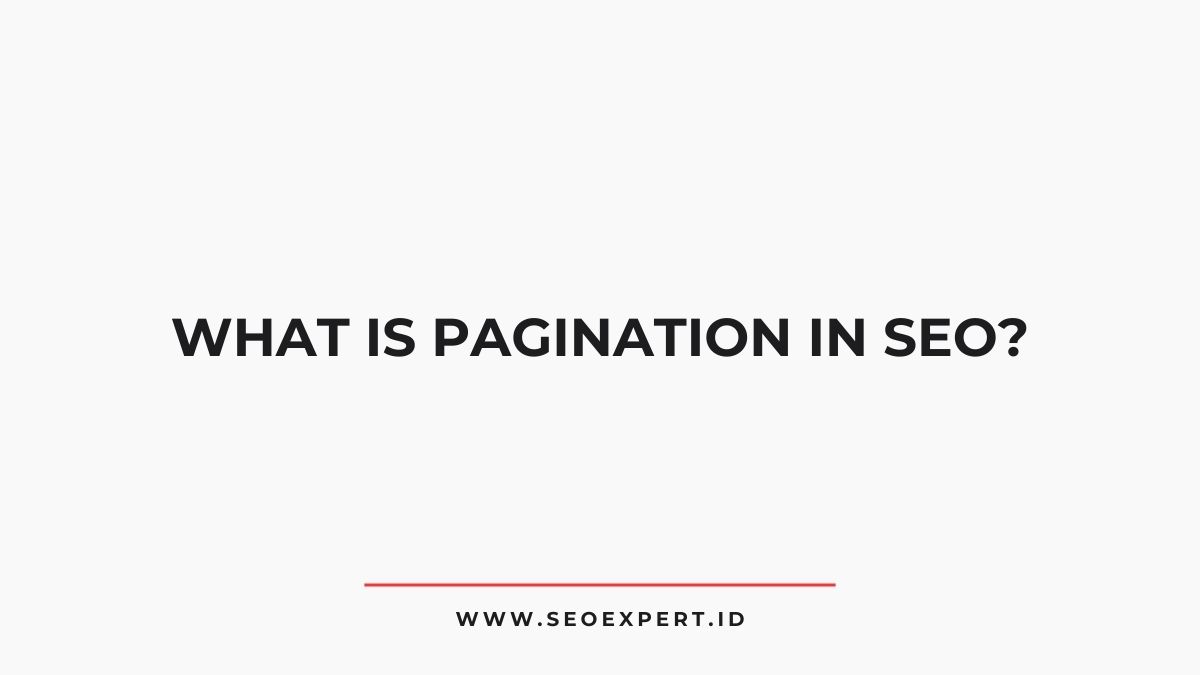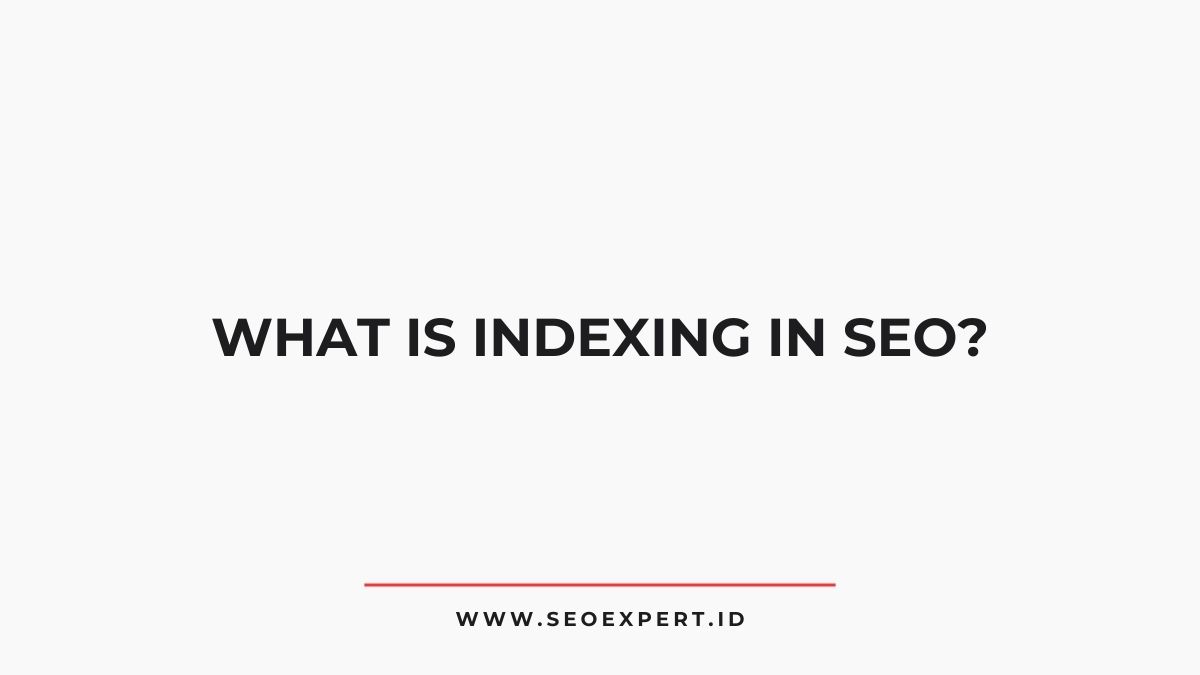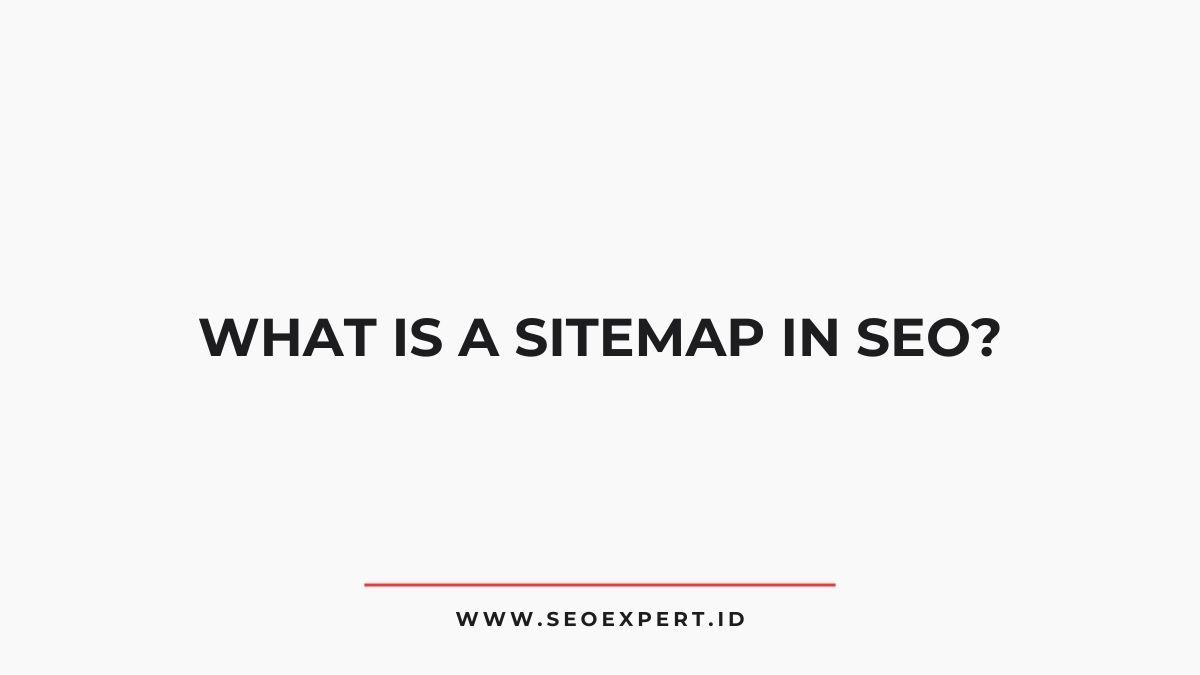Pagination in SEO refers to the division of content into multiple pages to enhance user navigation and optimize search engine crawl efficiency.
NeuronWriter
Enhance your SEO strategy and create content that ranks high with semantic recommendations.
It helps organize information, improves user experience, and can lead to increased engagement and site traffic.
Proper pagination techniques guarantee that link equity is effectively managed and indexed, reducing issues like content duplication and crawlability.
Understanding pagination types and best practices can further optimize a website’s performance, making it essential for effective SEO strategies. Exploring these aspects reveals deeper insights.
TL;DR
Hide- Pagination organizes content into multiple pages, enhancing user experience and facilitating easier navigation of large datasets.
- It is crucial for SEO as it influences how search engines crawl, index, and rank website content.
- Properly implemented pagination uses rel="next" and rel="prev" tags to establish relationships between pages, preventing crawlability issues.
- Effective pagination strategies reduce cognitive overload, encouraging user engagement and return traffic to the website.
- Addressing challenges such as content duplication and link equity dilution is vital for maintaining strong SEO performance.
Understanding Pagination
Although pagination is a common feature in web design, its implications for search engine optimization (SEO) are often overlooked.
Pagination refers to the process of dividing content into multiple pages, facilitating easier navigation for users. This approach can improve user experience by preventing information overload, allowing visitors to find relevant content efficiently.
However, if not implemented correctly, pagination can lead to indexing issues, where search engines may struggle to crawl or rank the paginated pages effectively.
Additionally, it is essential to maintain consistent URL structures and employ rel=”next” and rel=”prev” tags to signal relationships between pages.
Therefore, understanding pagination is vital for ensuring that both users and search engines can navigate the content safely and effectively, enhancing overall website performance and visibility.
Importance of Pagination in SEO
Pagination plays an important role in optimizing websites for search engines by enhancing user experience and improving crawl efficiency.
By organizing content into manageable sections, it allows users to navigate easily, leading to increased page views.
Consequently, effective pagination strategies are essential for maximizing both user engagement and SEO performance.
Enhances User Experience
When users encounter an organized and easily navigable structure on a website, their overall experience is greatly enhanced, leading to increased engagement and satisfaction.
Effective pagination allows users to find relevant content quickly, minimizing frustration and promoting longer site visits. By segmenting information into manageable chunks, pagination reduces cognitive overload, helping users to focus on one section at a time.
This strategic layout not only facilitates easier navigation but also encourages users to explore additional pages, thereby increasing the likelihood of conversions.
Moreover, a well-structured pagination system fosters a sense of control, allowing users to progress at their own pace.
Ultimately, enhancing user experience through pagination establishes trust and reliability, crucial components for retaining visitors and encouraging return traffic.
Improves Crawl Efficiency
Effective pagination not only enhances user experience but also plays an essential role in improving crawl efficiency for search engines. By organizing content into manageable segments, pagination allows search engine crawlers to navigate a website more effectively.
This structured approach guarantees that crawlers can index important pages without becoming overwhelmed by excessive information. When properly implemented, pagination supports the establishment of a clear hierarchy, helping search engines understand the relationship between individual pages.
Additionally, it minimizes the risk of duplicate content, which can dilute a site’s authority. Ultimately, efficient pagination aids in the timely discovery and indexing of new content, leading to better visibility in search results and fostering a safer, more organized environment for both users and search engines alike.
Increases Page Views
The organization of content through pagination can greatly boost page views on a website. By breaking down extensive content into manageable segments, users are more likely to engage with multiple pages rather than leaving after viewing a single page. This strategic approach not only enhances user experience but also increases the likelihood of additional ad impressions and conversions.
| Advantages of Pagination | User Behavior Impact |
|---|---|
| Improved content structure | Higher engagement rates |
| Easier navigation | Increased time on site |
| Enhanced accessibility | Lower bounce rates |
| Targeted content display | More pages viewed |
| Optimized load times | Strengthened user loyalty |
In essence, effective pagination serves as an important element in increasing page views while ensuring user satisfaction.
Types of Pagination
Pagination serves as a critical organizational tool in web design, facilitating user navigation and content accessibility.
There are several types of pagination, each serving a distinct purpose. Traditional pagination involves dividing content into multiple pages, commonly used in blogs and article listings.
Infinite scroll offers a continuous flow of content as users scroll, enhancing user experience but potentially complicating indexing.
Hybrid pagination combines both methods, presenting initial content in a paginated format while allowing infinite scrolling on subsequent pages.
Load More buttons provide a simplified alternative, allowing users to access additional content without full page reloads.
Understanding these types allows webmasters to select the most effective pagination strategy, optimizing both user engagement and search engine visibility, creating a safer browsing environment.
Challenges of Paginated Content
Maneuvering the complexities of paginated content presents several challenges that can impact both user experience and search engine optimization.
These challenges require careful consideration to guarantee effective navigation and indexing. Key issues include:
- Crawlability: Search engines may struggle to index all pages if pagination is not structured properly.
- Content Duplication: Similar content across pages can lead to duplication issues, affecting rankings.
- User Frustration: Poor navigation can deter users from exploring all available content, leading to increased bounce rates.
- Link Equity: Distributing link equity across multiple pages can dilute the authority of individual pages, impacting overall SEO performance.
Addressing these challenges is vital for maintaining a balanced approach to paginated content management.
Best Practices for Optimizing Pagination
To enhance the effectiveness of paginated content, several best practices should be considered.
Implementing the rel=”next” attribute and canonical tags can notably improve the indexing of paginated pages, while optimizing page load speed is essential for user experience and SEO performance.
These strategies collectively guarantee that search engines can accurately interpret and rank paginated content.
Use Rel=”next” Attribute
While many webmasters understand the importance of clear navigation, the implementation of the rel=”next” attribute remains a critical yet often overlooked element in enhancing pagination.
This attribute helps search engines understand the relationship between sequential pages, effectively guiding them through the content structure.
To maximize the benefits of using rel=”next,” consider the following best practices:
- Confirm all paginated pages include the rel=”next” attribute.
- Pair rel=”next” with rel=”prev” for ideal clarity.
- Avoid using rel=”next” on the last page of a sequence.
- Regularly monitor and test pagination to confirm proper functionality.
Implement Canonical Tags
Incorporating canonical tags into a pagination strategy is essential for ensuring that search engines accurately index content without duplicating efforts across multiple pages.
By designating a preferred version of a paginated series, webmasters can guide search engines to the primary content, thereby consolidating ranking signals and improving overall visibility.
It is advisable to implement canonical tags on all pages of a pagination sequence, pointing to the main category page or the first page of the series.
This method minimizes the risk of keyword cannibalization and enhances user experience by directing search engines to the most relevant content.
Ultimately, a strategic approach to canonical tags can safeguard a site’s SEO integrity while maintaining clear pathways for both users and search engines.
Optimize Page Load Speed
A swift page load speed is essential for an effective pagination strategy, greatly impacting user engagement and search engine rankings.
Enhancing this speed not only improves user experience but also reduces bounce rates, contributing to better SEO performance.
To achieve superior page load speed in pagination, consider the following best practices:
- Minimize HTTP Requests: Reduce the number of elements loaded on each page to decrease load times.
- Leverage Browser Caching: Allow users’ browsers to store certain elements, speeding up return visits.
- Optimize Images: Compress and resize images to guarantee they load quickly without sacrificing quality.
- Utilize a Content Delivery Network (CDN): Distribute content across various servers to enhance accessibility and load speed globally.
Employing these strategies fosters a safer and more efficient browsing experience.
Tools and Techniques for Pagination Management
Effective pagination management requires a strategic approach, utilizing various tools and techniques to enhance user experience and optimize SEO.
Key tools include Google Search Console, which helps monitor crawl errors related to paginated content, and analytics platforms that provide insights into user behavior across pagination.
Implementing structured data markup can improve how search engines interpret paginated content, while canonical tags can prevent duplicate content issues.
Additionally, pagination techniques such as infinite scroll or “load more” buttons can enhance usability, but should be carefully implemented to avoid SEO pitfalls.
Regular audits help guarantee that pagination strategies align with evolving SEO best practices, ultimately safeguarding both user satisfaction and search engine visibility.
Wrapping Up
In the vast library of the digital world, pagination serves as the diligent librarian, guiding visitors through the maze of content. Without this structure, users would wander aimlessly, lost among the shelves of information.
By mastering pagination, webmasters can guarantee that every page is a well-marked path, leading search engines and users alike to their desired knowledge.
Consequently, optimizing pagination is akin to crafting a roadmap, transforming a chaotic collection into an organized treasure trove.








